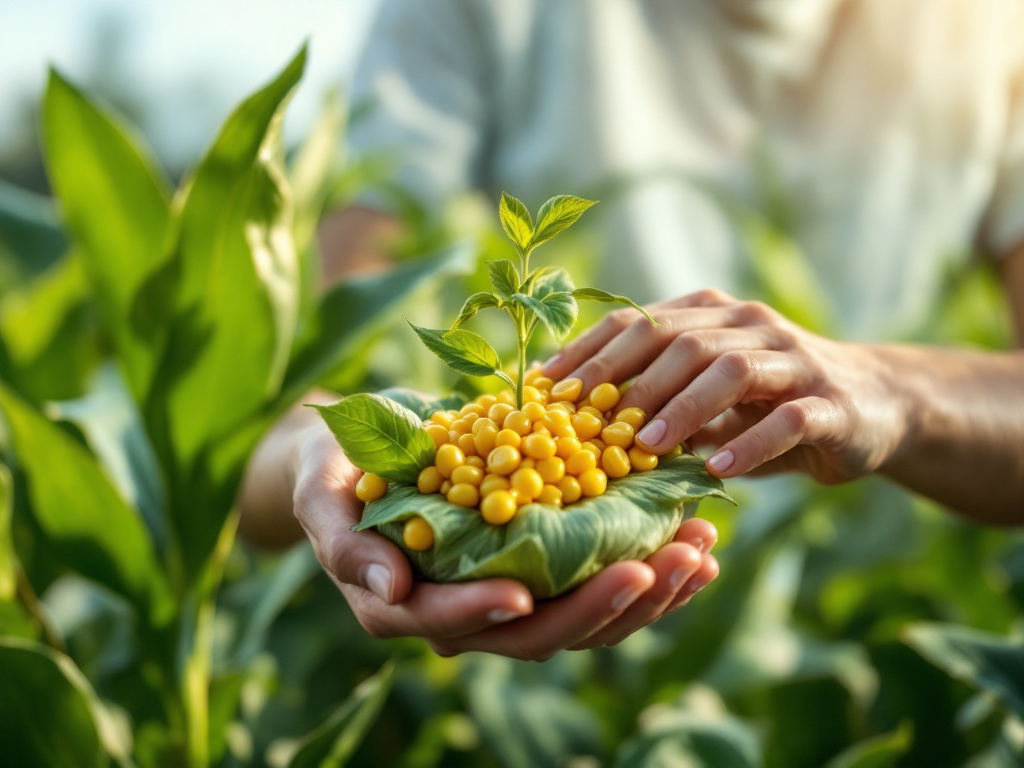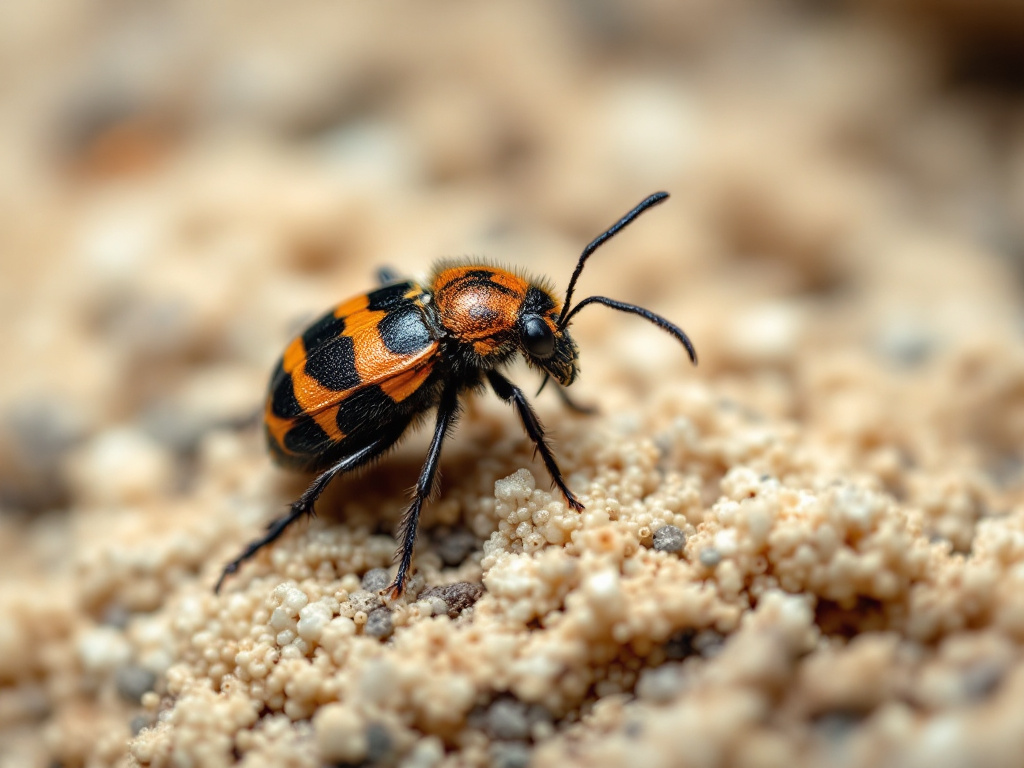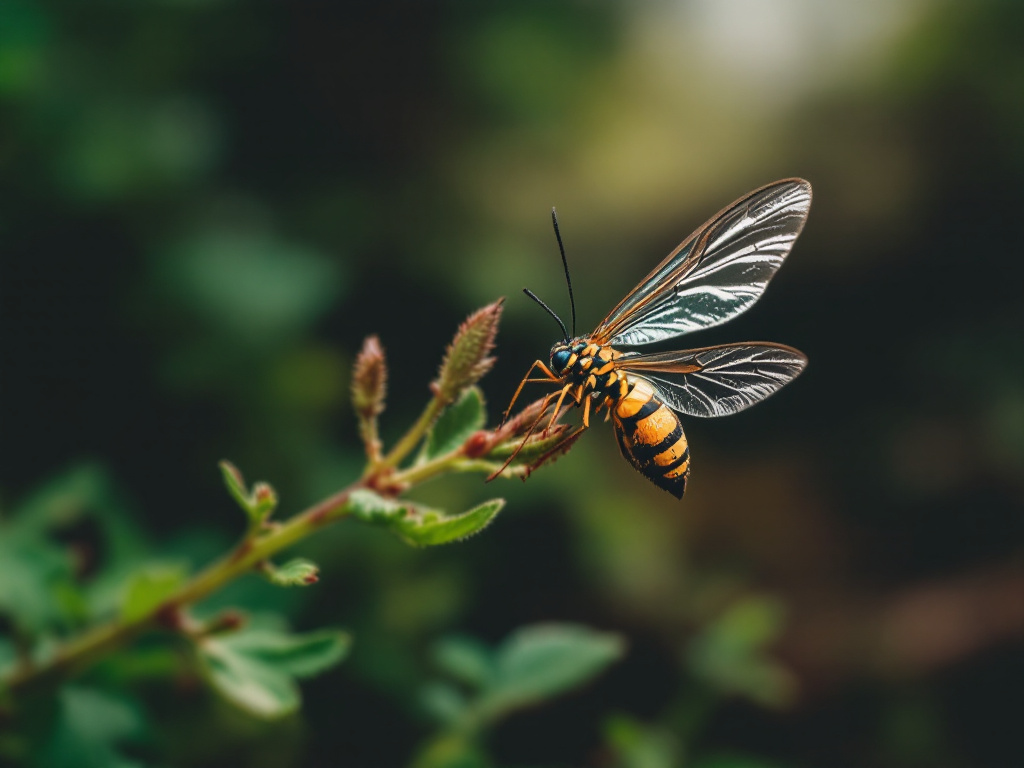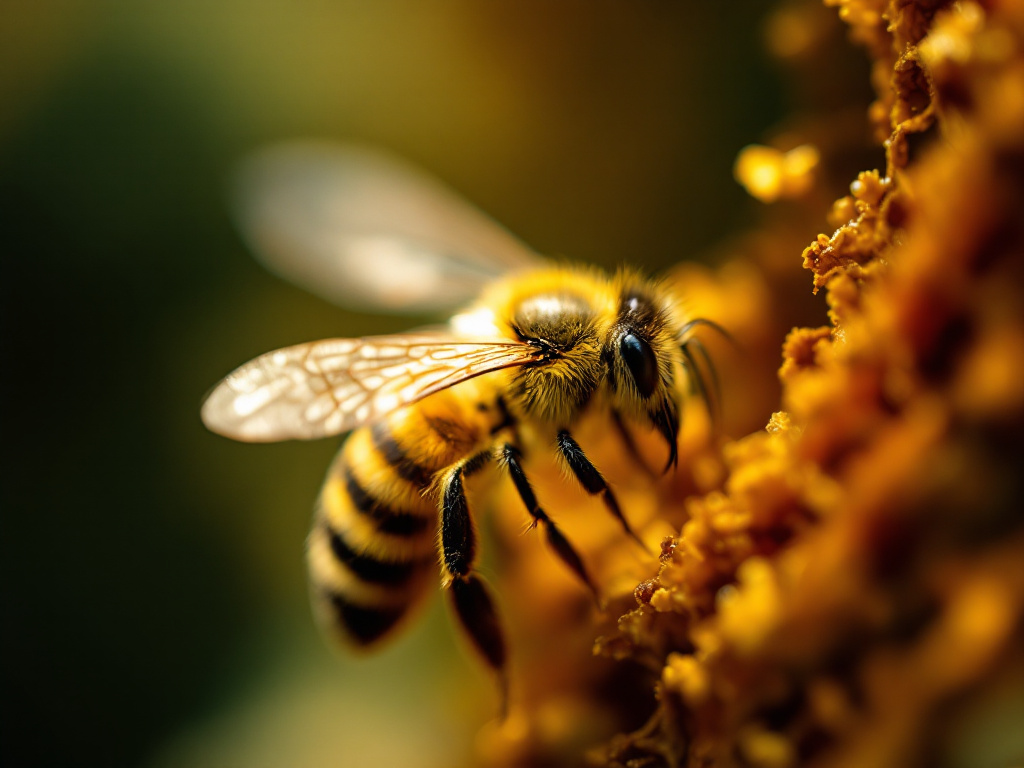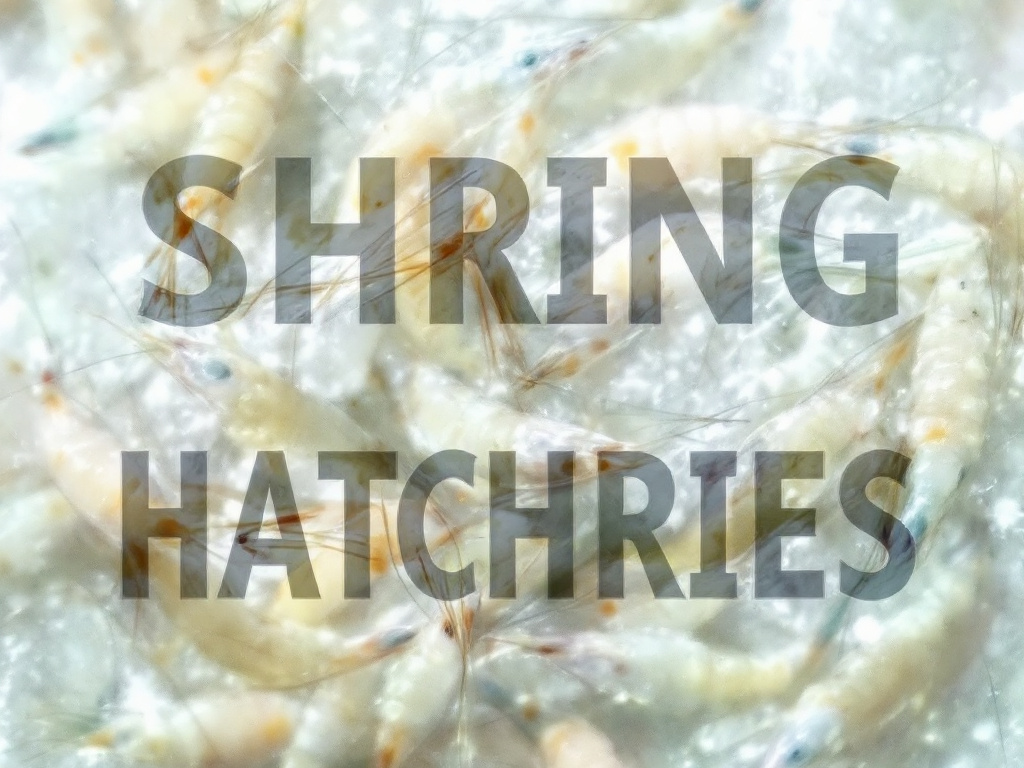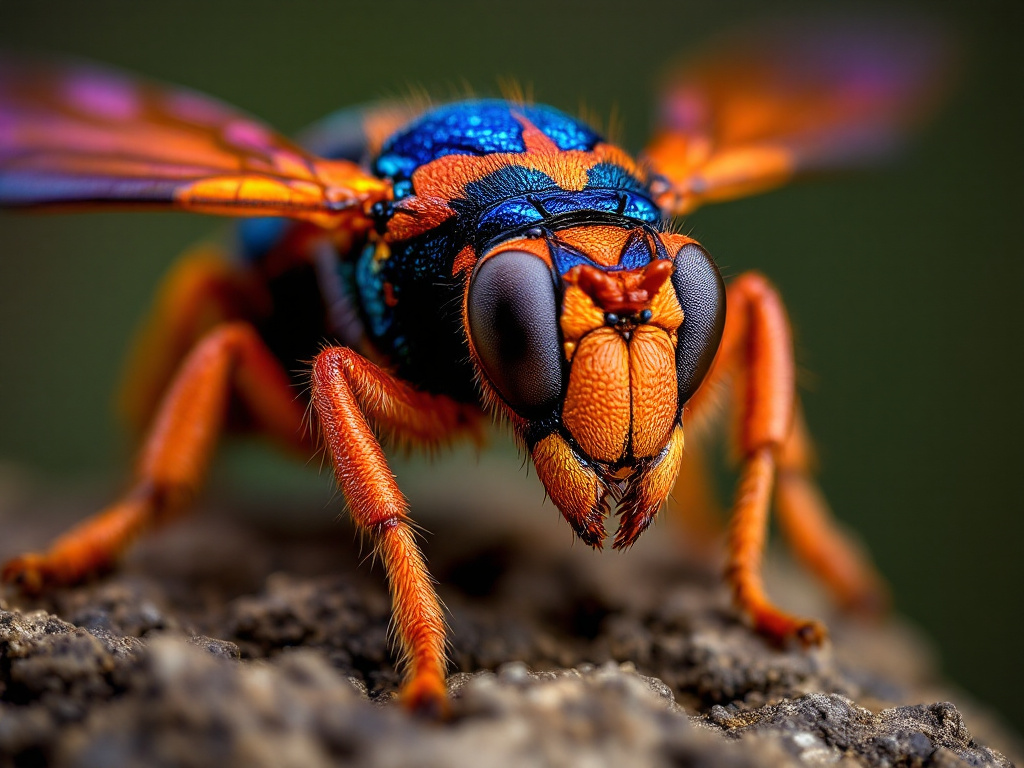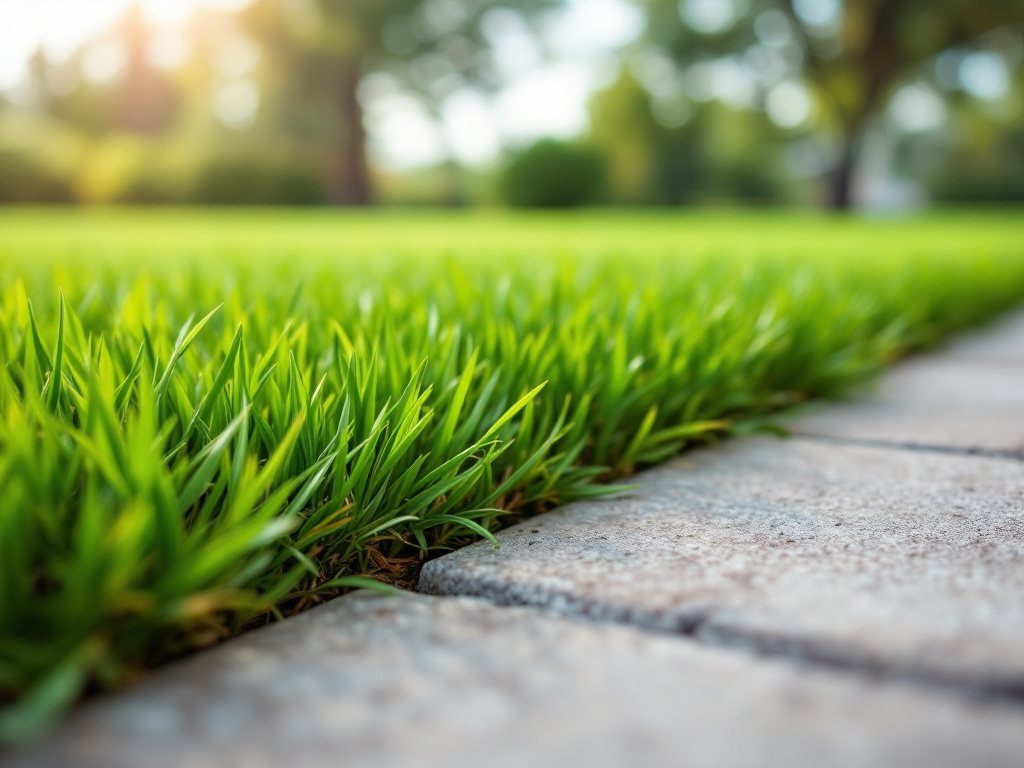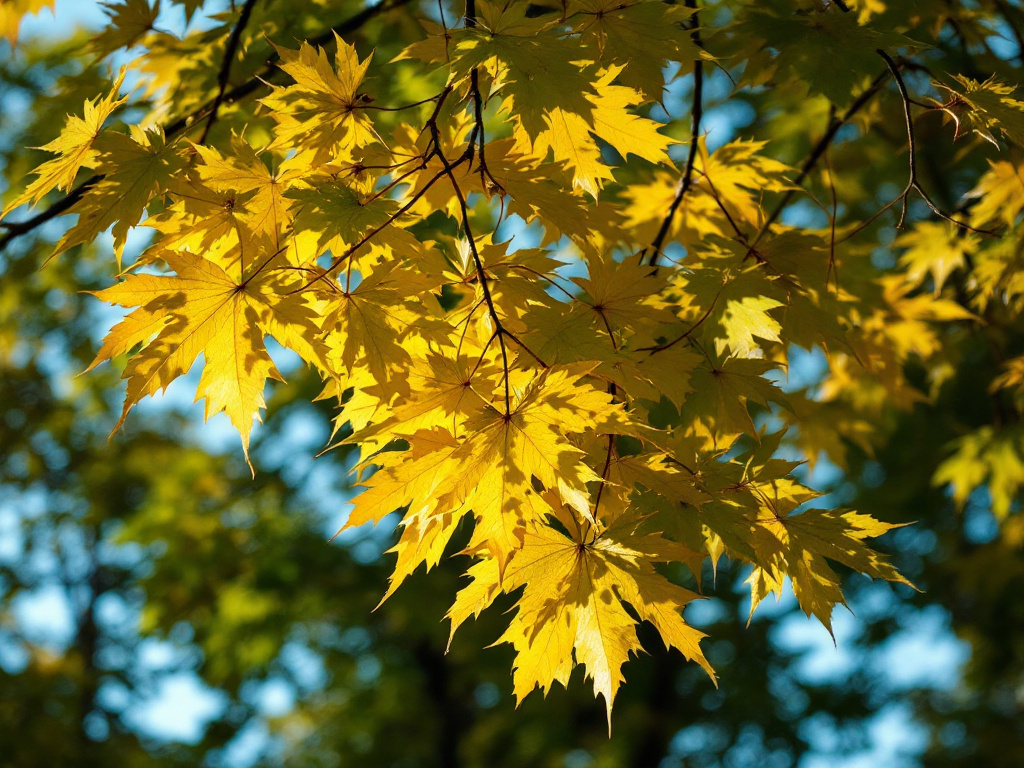Image generated by flux-ai.io & content generated by ChatGPT Version 4o-mini
The Biofuel Balancing Act: What New Research Means for Broward County
In recent years, the conversation around energy has shifted dramatically, with biofuels taking a front seat in the push for renewable energy sources. A new study sheds light on the complex world of U.S. biofuel policies, revealing both their benefits and challenges. Understanding these findings is crucial, especially for residents of Broward County, Florida, where agriculture and environmental concerns are closely intertwined.
What Are Biofuels?
Biofuels are renewable energy sources made from organic materials, such as plants. Ethanol, often produced from corn, is the most common biofuel in the United States. These fuels are seen as alternatives to fossil fuels, aiming to reduce greenhouse gas emissions and lessen the country’s dependence on imported oil.
Key Findings from Recent Research
The research highlights how U.S. biofuel policies, particularly the Renewable Fuel Standard (RFS), have evolved over the years. The RFS mandates a specific amount of biofuels be blended into transportation fuels, aiming to boost the production of renewable energy. Since its introduction, the RFS has significantly impacted agriculture by increasing the demand for corn. This demand has led to higher prices for corn and, consequently, for food products that use corn as an ingredient.
For Broward residents, this could mean paying more for everyday groceries. As corn prices rise, so do the costs of products like tortillas and cereals, which can affect families on tight budgets. The study suggests that the connection between biofuel production and food prices is a critical issue that policymakers need to address.
Environmental Concerns
While biofuels are promoted as cleaner energy sources, there are environmental trade-offs. The research points out that the push for biofuels has altered land use patterns. Farmlands that were once used for food crops may now be shifted to grow biofuel crops, potentially threatening biodiversity and disrupting ecosystems.
In Broward, where we value our natural surroundings—from the Everglades to local parks—this change can have significant implications. The health of our environment is not just an abstract concern; it affects our quality of life, tourism, and even real estate values.
The Economic Impact
Biofuel policies have also created jobs, particularly within the agricultural sector. Broward County has a vibrant agricultural scene, with farms producing a variety of crops, including fruits and vegetables. The increased demand for biofuels can create new opportunities for local farmers, but it can also lead to market distortions, where farmers might prioritize biofuel crops over food crops.
This shift is particularly relevant for Broward, as our community includes many agricultural workers and families. Understanding the economic landscape shaped by biofuel policies is essential for local farmers looking to navigate these changes.
The Way Forward
The research suggests a balanced approach to biofuel policies. While promoting renewable energy is crucial for reducing greenhouse gas emissions, it is equally important to consider the broader impacts on food prices, land use, and the environment.
For Broward County residents, staying informed about these policies and their implications is key. As we strive for a sustainable future, community discussions about energy sources and agricultural practices can help ensure that we protect our environment while supporting local economies.
In conclusion, the evolving landscape of biofuel policies presents both opportunities and challenges. By understanding these dynamics, Broward County can continue to thrive as a community that values both economic growth and environmental health.
References
FE974/FE974: United States Biofuel Policies: Overview and Discussion. (n.d.). Ask IFAS – Powered by EDIS. https://edis.ifas.ufl.edu/publication/FE974

